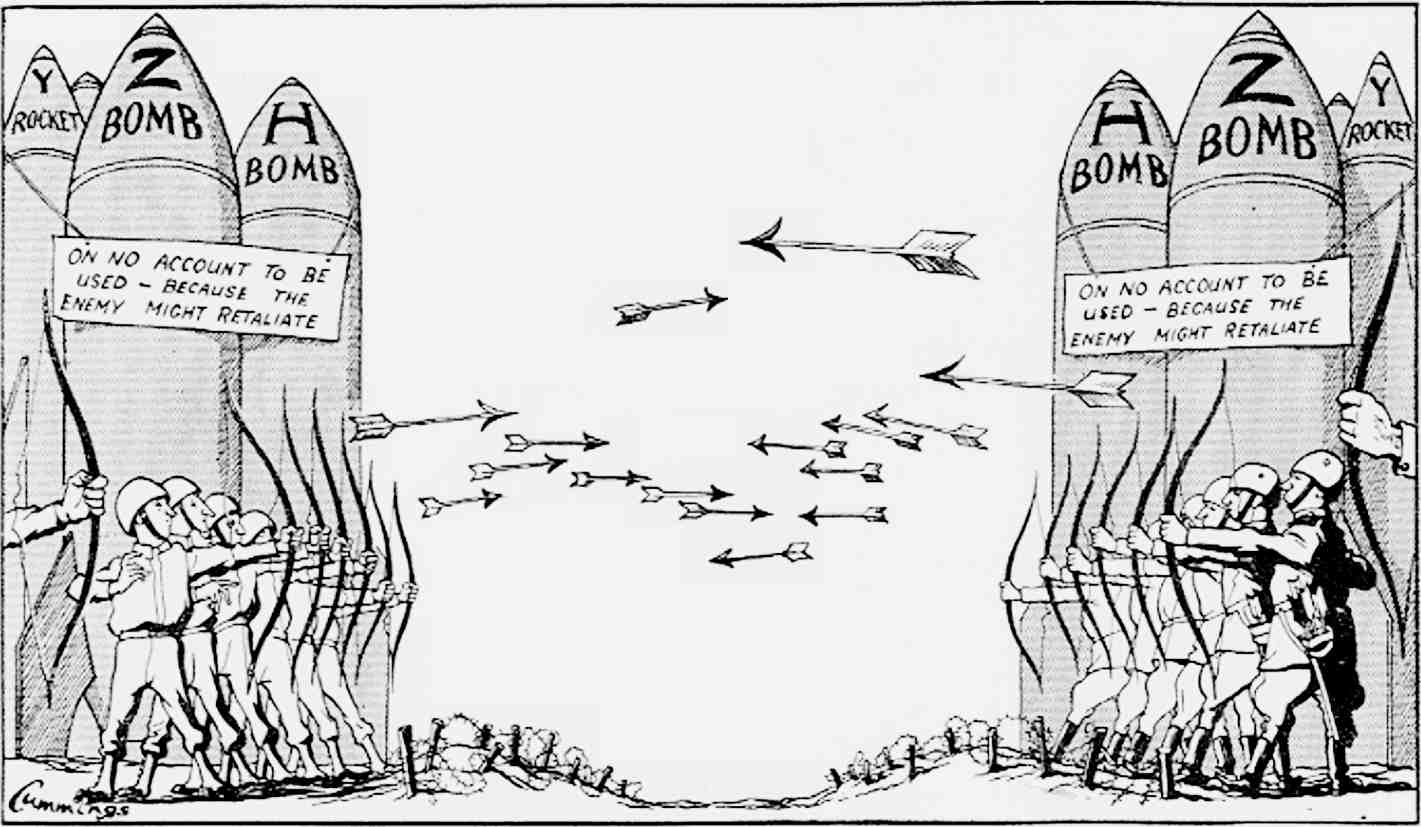
Target category No. 275 from the nuclear target list for 1959 may be the most chilling. It is called simply “Population”.
For the first time, the National Archives and Records Administration has released a detailed list of the US’s potential targets for atomic bombers in the event of war with the Soviet Union, showing the number and the variety of targets on its territory, as well as in Eastern Europe and China.
It lists many targets for “systematic destruction” in major cities, including 179 in Moscow (like “Agricultural Equipment” and “Transformers, Heavy”), 145 in Leningrad and 91 in East Berlin. The targets are referred to as DGZs or “designated ground zeros”. While many are industrial facilities, government buildings and the like, one for each city is simply designated “Population”.
“It’s disturbing, for sure, to see the population centers targeted,” said William Burr, a senior analyst at the National Security Archive, a research group at George Washington University that obtained the target list in response to a request first made in 2006. Burr, who specializes in nuclear history, said he believed it was the most detailed target list the air force had ever made public.
The targets are identified only generically, with code numbers that correspond to specific locations. The exact addresses and names of facilities from that period are in a still-classified “Bombing Encyclopedia”, which Burr said he was trying to get declassified.
The 800-page document, marked “Top Secret” and in a fuzzy grey typescript, comes to light as the issue of air power and the possible targeting of civilians is again in the news. The US has avoided bombing the Islamic State’s headquarters in Raqqa, Syria, for instance, because of the presence of civilian prisoners in the same complex.
But some presidential candidates have criticized President Obama for not ordering more strikes, including Senator Cruz, who has called for “carpet bombing” the IS in Syria and Iraq. When challenged, Cruz said that “the object isn’t to level a city”.
The newly declassified target list is titled “Atomic Weapons Requirements Study for 1959”. It is essentially a huge spreadsheet, produced by the Strategic Air Command in 1956 and projecting what could and should be hit in a potential war three years later.
It was produced at a time before intercontinental or submarine-launched missiles, when piloted bombers were essentially the only means of delivering nuclear weapons. The US then had a huge advantage over the Soviet Union, with a nuclear arsenal about 10 times as big, said Matthew G. McKinzie, the director of the nuclear program at the Natural Resources Defense Council.
He said that while the document conjured the height of the Cold War, the targeting of urban populations still remained an underlying principle of the use of nuclear weapons to deter attack. “The heart of deterrence is the threat to destroy the adversary’s cities, even today,” McKinzie said.
“We’ve known the general contours of nuclear war planning for a few decades,” he said. “But it’s great that the details are coming out. These are extraordinary weapons, capable of incredible destruction. And this document may be history, but unfortunately the improvised weapons and stealth plots are not history.”
